Indigenous Governance Database
Honoring Nations
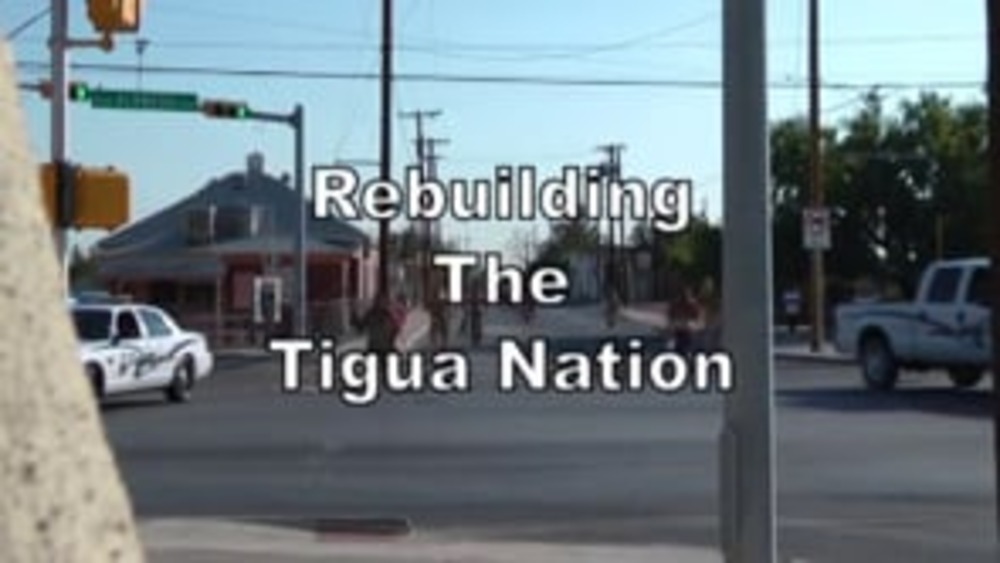
Rebuilding the Tigua Nation
The Tigua Indians of Ysleta del Sur Pueblo in Ysleta, Texas produced this 16-minute film in 2013 to demonstrate how a Native American tribe can work hard with business skills and tribal customs to shape a prosperous future through education for all levels of the Tigua Nation.
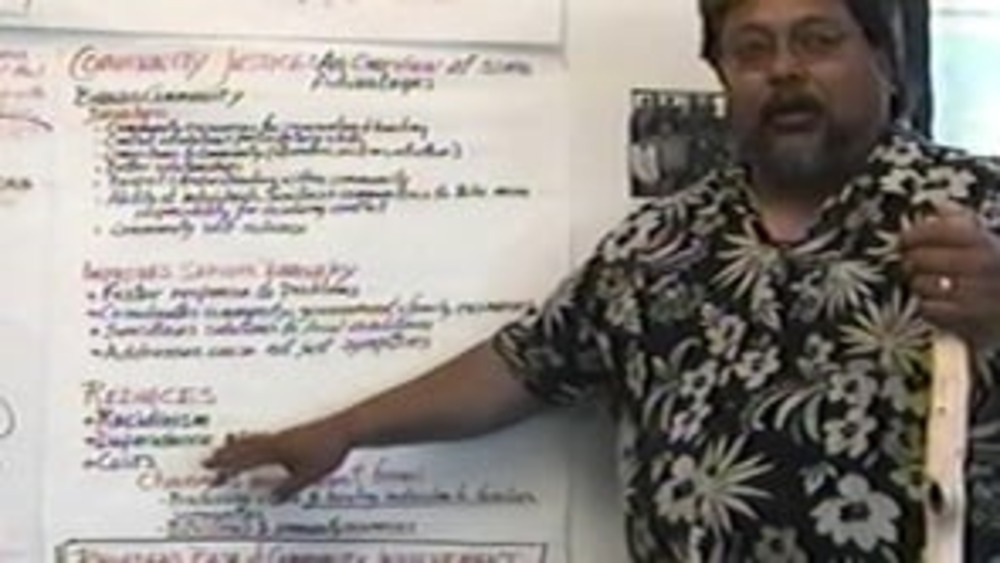
Kake Circle Peacemaking - Overview Video
This video -- produced by the Organized Village of Kake -- depicts the restoration of traditional methods of dispute resolution the Organized Village of Kake adopted Circle Peacemaking as its tribal court in 1999. Circle Peacemaking brings together victims, wrongdoers, families, religious leaders,…
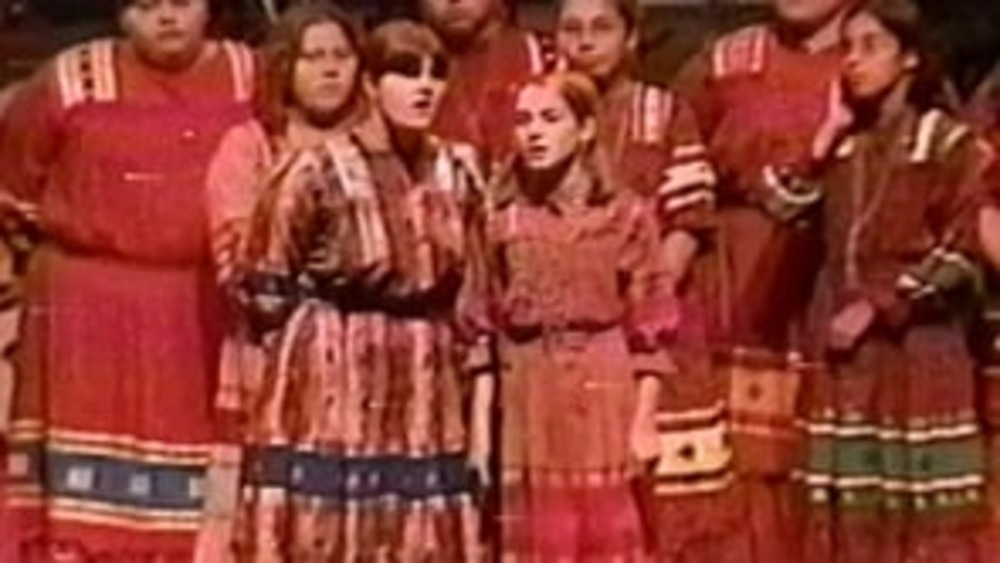
Cherokee National Youth Choir - Video
This video -- produced by the Cherokee Nation Education Department -- is a sample reel of the Cherokee National Youth Choir, an innovative approach to promoting and encouraging the use of the endangered Cherokee language among its youth while also instilling Cherokee cultural pride. The award-…
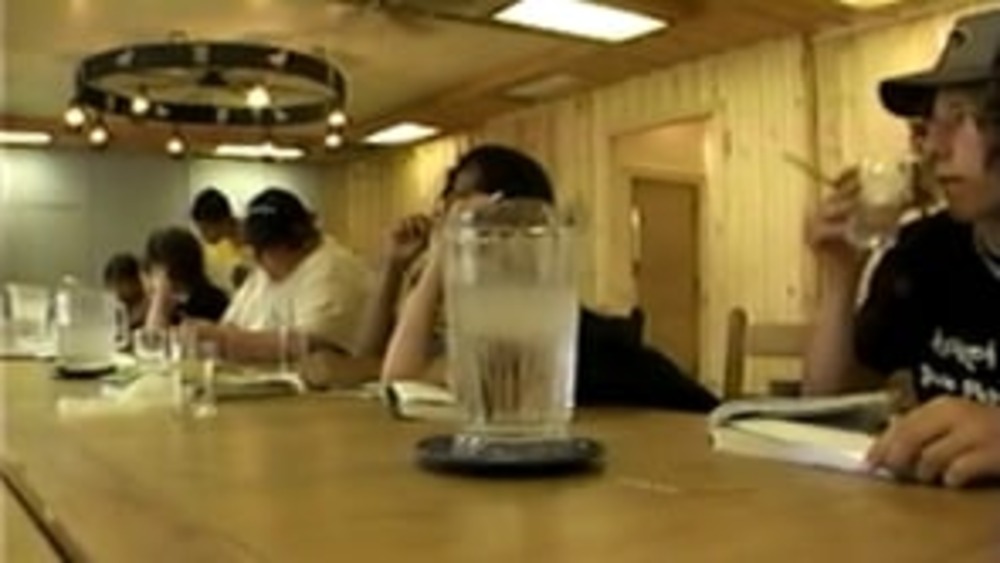
Migizi Business Camp
This video -- produced by the Little River Band of Ottawa Indians -- depicts the Band's efforts to implement a work readiness and job training program for teenagers and young adults. Five years ago, the Band’s planning and education departments joined forces to create the Migizi Business Camp for…
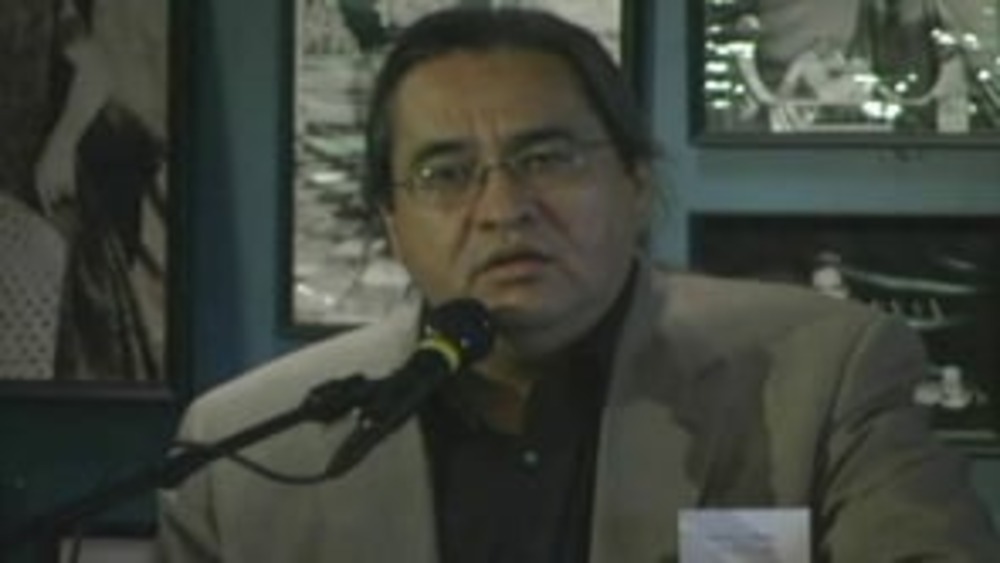
Honoring Nations: Manley Begay: So You Have a Great Program...Now What?!
"Forward-thinking" is often used to describe innovative programs. In remarks designed to frame the symposium session "So You Have a Great Program...Now What?!", Manley A. Begay, Jr. talks about strategic orientation, planning, and implementation as critical to sustaining the success of tribal…
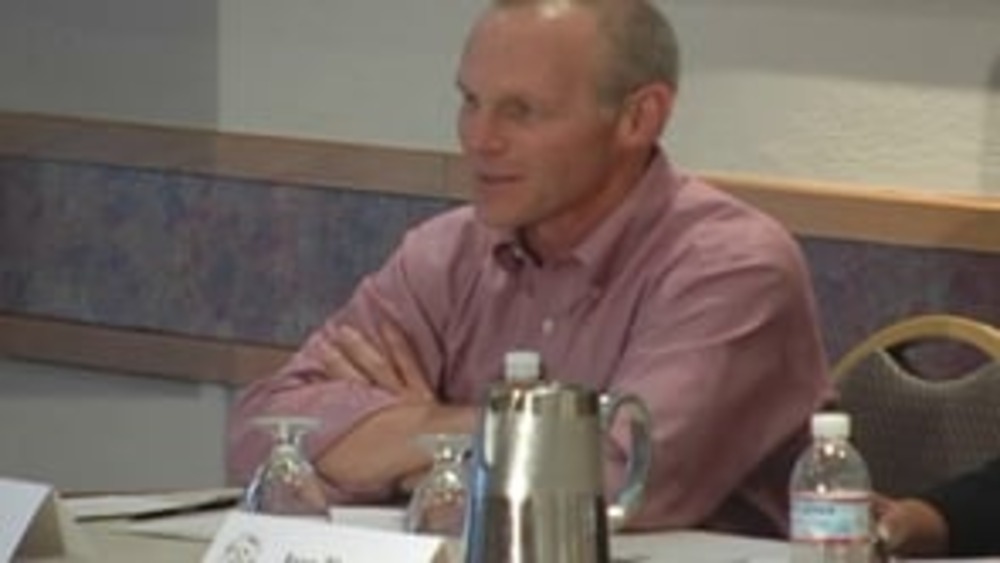
Joseph P. Kalt: The Practical Issues of Business Development - Some Things to Consider: Dealing with Growth
Harvard Project on American Indian Economic Development Co-Director Joseph P. Kalt offers some points that Native nations should consider as they work to manage the growth of their nation-owned enterprises.
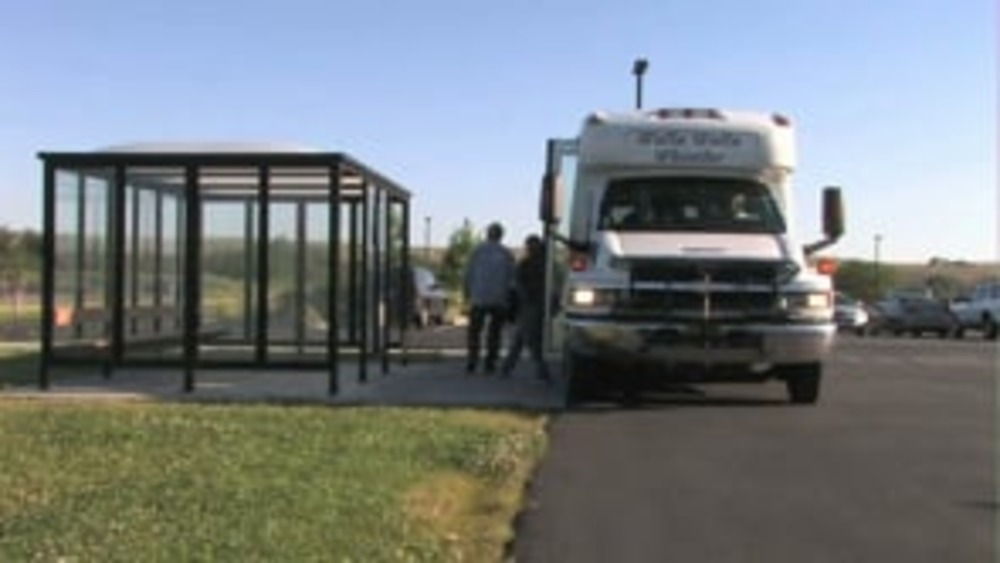
Confederated Tribes of the Umatilla Indian Reservation (CTUIR) Public Transit Program
This video, produced by the Confederated Tribes of the Umatilla Indian Reservation, explains the process by which a public transit program was implemented for the benefit of tribal members and, eventually, non-tribal members in neighboring communities.
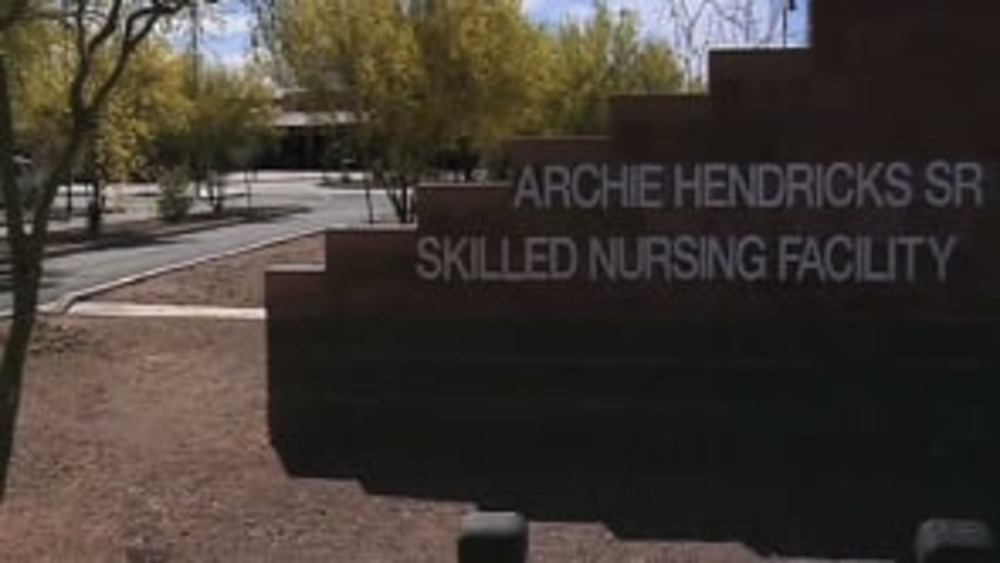
Tohono O'odham Nursing Care Authority - Our Story
This video -- produced by the Tohono O'odham Nursing Care Authority using its monetary award from the Harvard Project on American Indian Economic Development's Honoring Nations awards program -- explains the history and development of the Archie Hendricks, Sr. Skilled Nursing Facility and the…
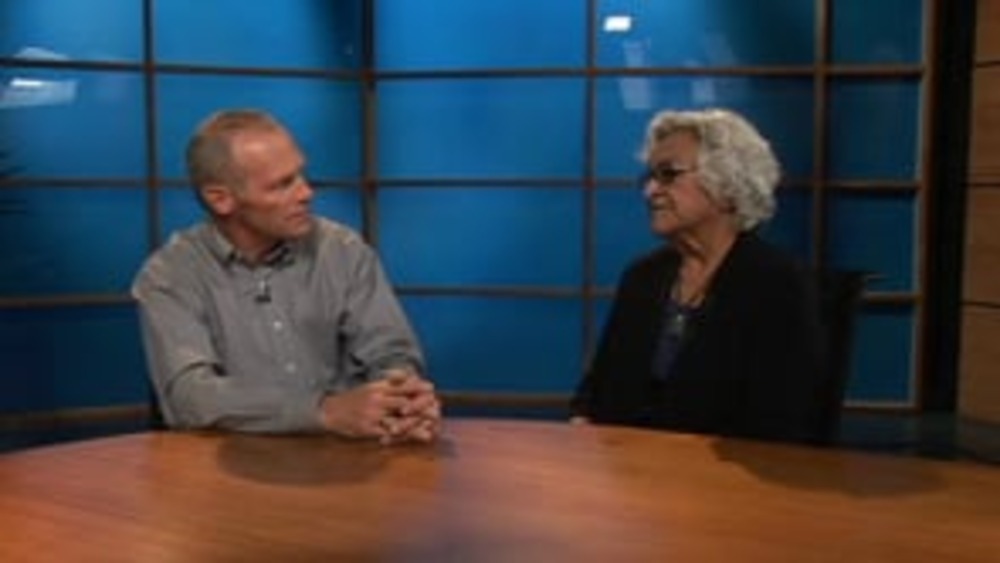
Frances Stout: Archie Hendricks, Sr. Skilled Nursing Facility and Tohono O'odham Hospice
In this interview with the Harvard Project on American Indian Economic Development's Joseph P. Kalt, Frances Stout of the Tohono O'odham Nursing Care Authority discusses what led the Tohono O'odham Nation to establish the Archie Hendricks, Sr. Skilled Nursing Facility and Tohono O'odham…
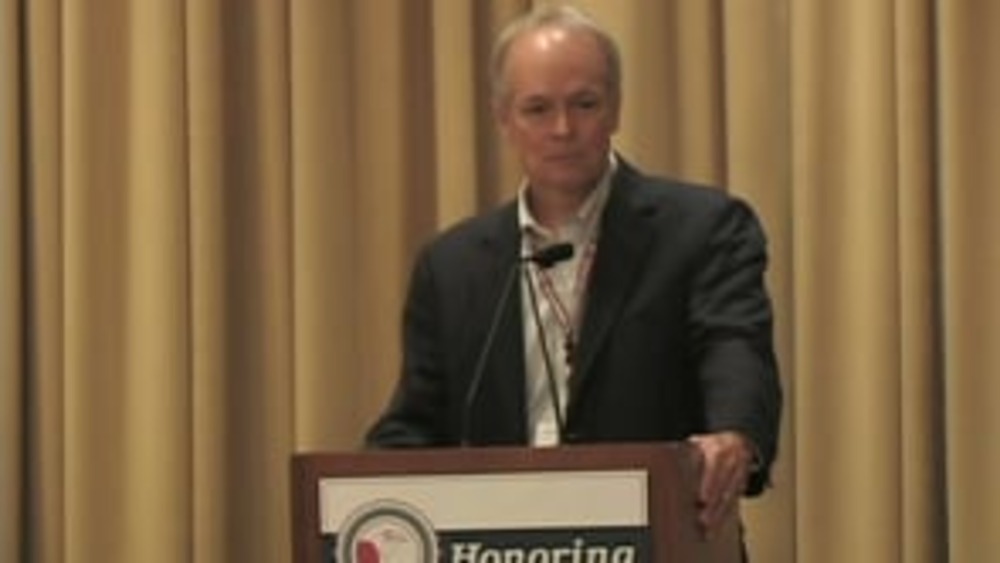
Honoring Nations: Stephen Cornell: The Growth of Honoring Nations
Harvard Project on American Indian Economic Development Co-Director Stephen Cornell emphasizes the growth and impact of the Honoring Nations program throughout not only the United States, but the entire world.
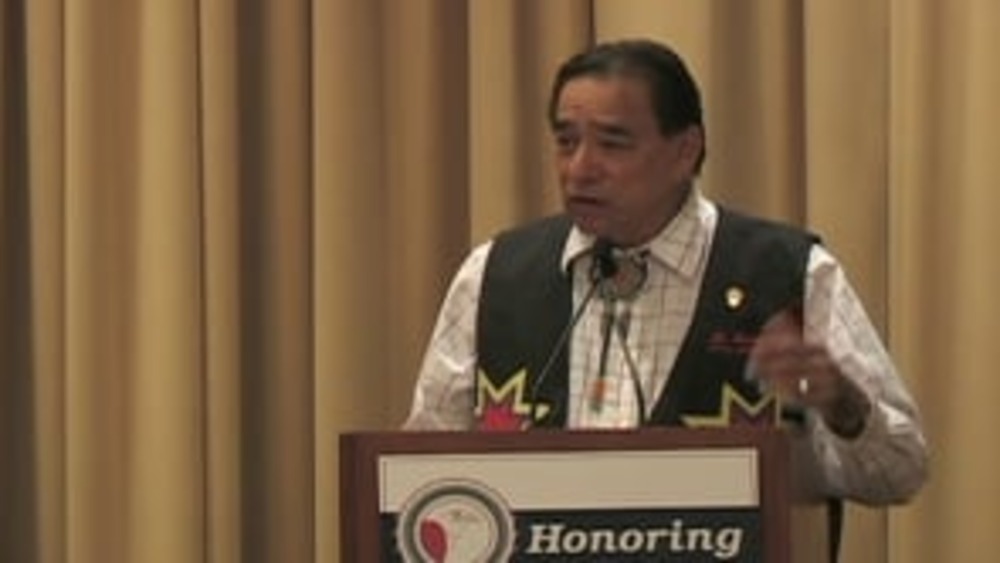
Honoring Nations: David Gipp: Sovereignty, Education and United Tribes Technical College
United Tribes Technical College President David Gipp discusses the impetus behind the establishment of United Tribes Technical College (UTTC) and the emergence of the tribal college movement, the growth of UTTC over the past four decades, and the critical roles tribal colleges and universities play…
Honoring Nations: Oren Lyons: Rebuilding Healthy Nations
Onondaga Chief and Faithkeeper Oren Lyons urges Native nations to continue sharing their stories of success, learning from each other, and working towards creating a better future for the next seven generations.
Honoring Nations: Joseph P. Kalt: Rebuilding Healthy Nations
Harvard Project Co-Director Joseph P. Kalt provides a general overview of the Honoring Nations program and illustrates how people all over the world are learning from the nation-building examples set and the lessons offered by Native nations in the United States.
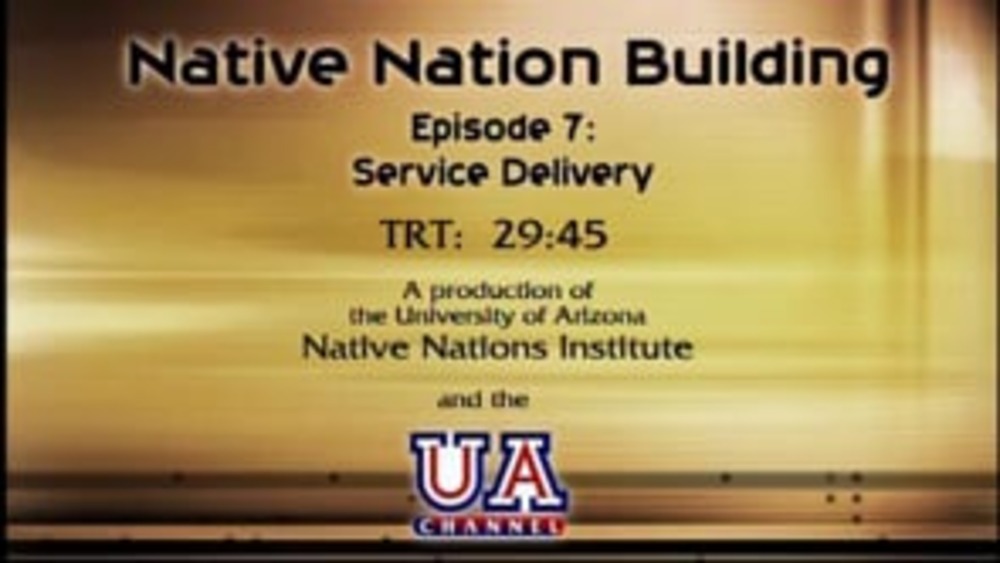
Native Nation Building TV: "Tribal Service Delivery: Meeting Citizens' Needs"
Guests Eddie Brown and Karen Diver discuss tribal program and service delivery across Indian Country. They examine the unproductive ways services and programs have been administered in many Native communities in the past, and the innovative mechanisms and approaches some Native nations are…
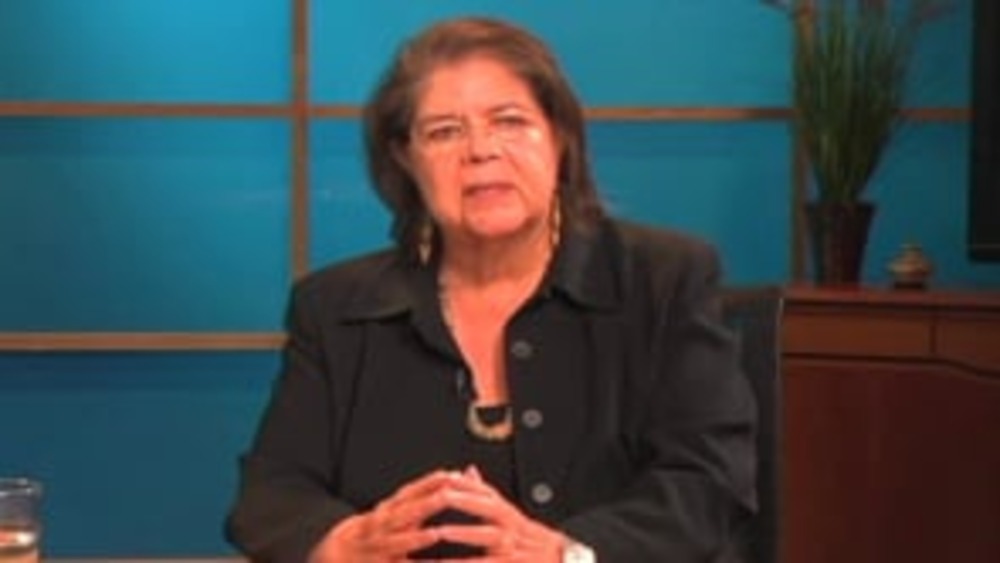
Wilma Mankiller: Governance, Leadership and the Cherokee Nation
As part of its ongoing interview series "Leading Native Nations," the Native Nations Institute (NNI) interviewed Wilma Mankiller, the late and former Chief of the Cherokee Nation, in September 2008. In the interview, she discussed her compelling personal story as well as the challenges the Cherokee…
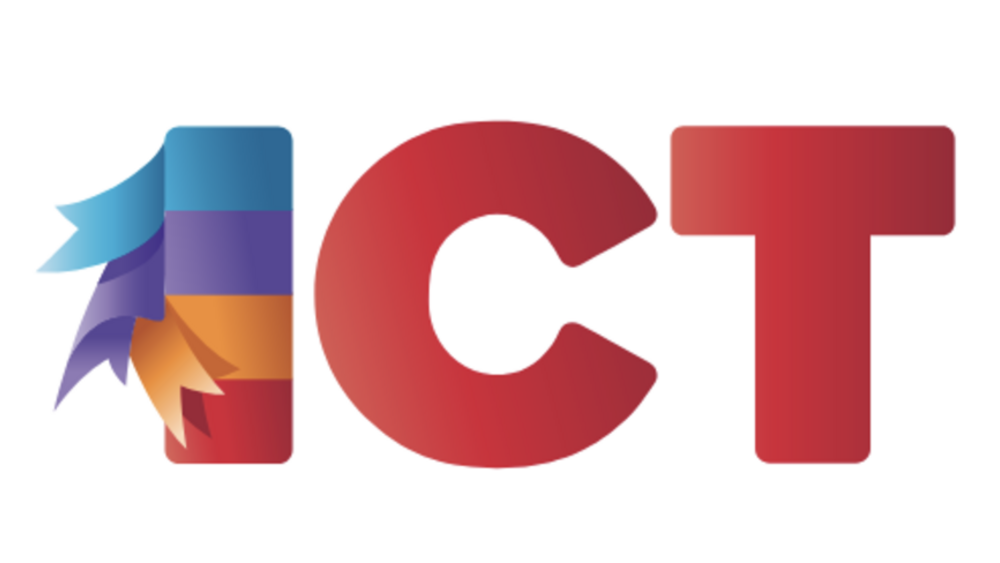
Harvard Project Names Three Honoring Nations Leaders
Sharing outstanding programs in tribal self-governance and helping to expand the capacities of Tribal leaders through learning from each others’ successes is the mission of the Harvard Project on American Indian Economic Development’s Honoring Nations program. Recently the Honoring Nations program…

Harvard Project Names 18 Semifinalists for Honoring Nations Awards
The Harvard Project on American Indian Economic Development recognizes exemplary tribal government initiatives and facilitates the sharing of best practices through its Honoring Nations awards program. On March 3, the Harvard Project announced its selection of 18 semi-finalists for the 2014…
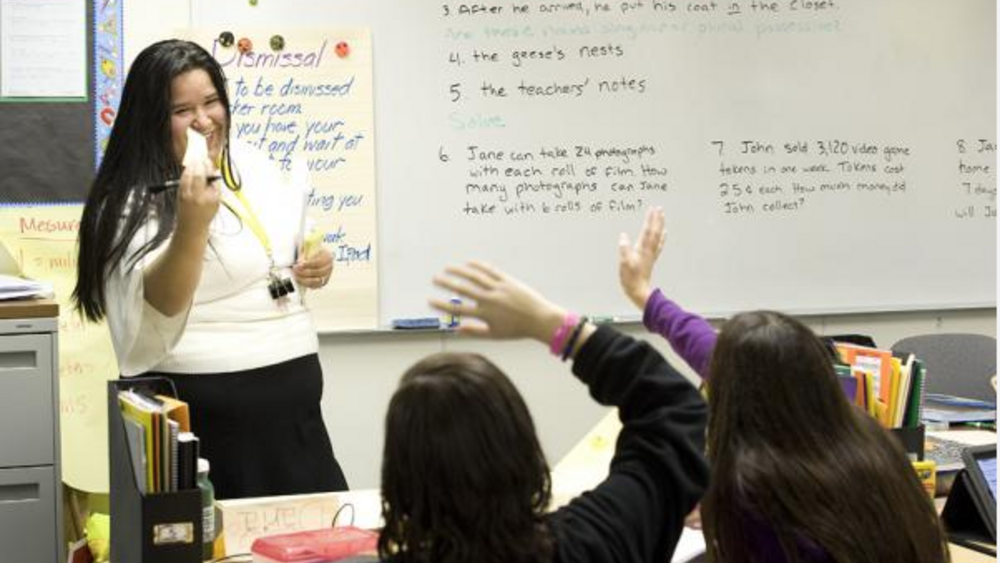
A Better Education for Native Students: The Morongo Method
The Morongo School offers a promising way for Indian nations and communities to educate their children so they have a firm foundation in their own culture, and acquire skills to gain entry and complete college...
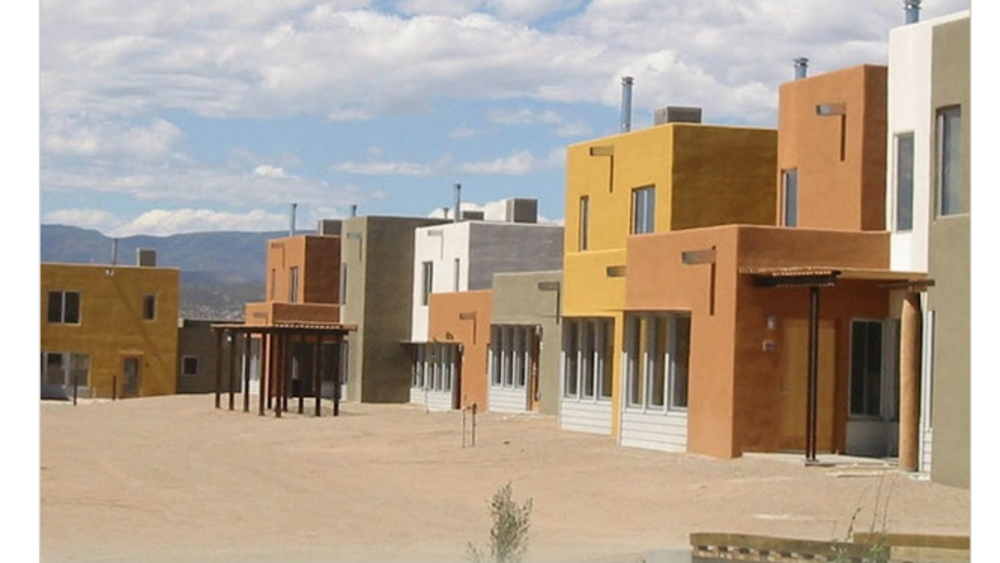
A new Native American village based on tradition helps a Tribe reclaim its sustainable roots
The Ohkay Owingeh Tribe and Pueblo in New Mexico has returned to its roots with an award-winning, mixed-income housing project based on traditional Native forms. It's an exciting and inspiring project. Built by the Ohkay Owingeh Housing Authority explicitly as an alternative to sprawl-type housing…
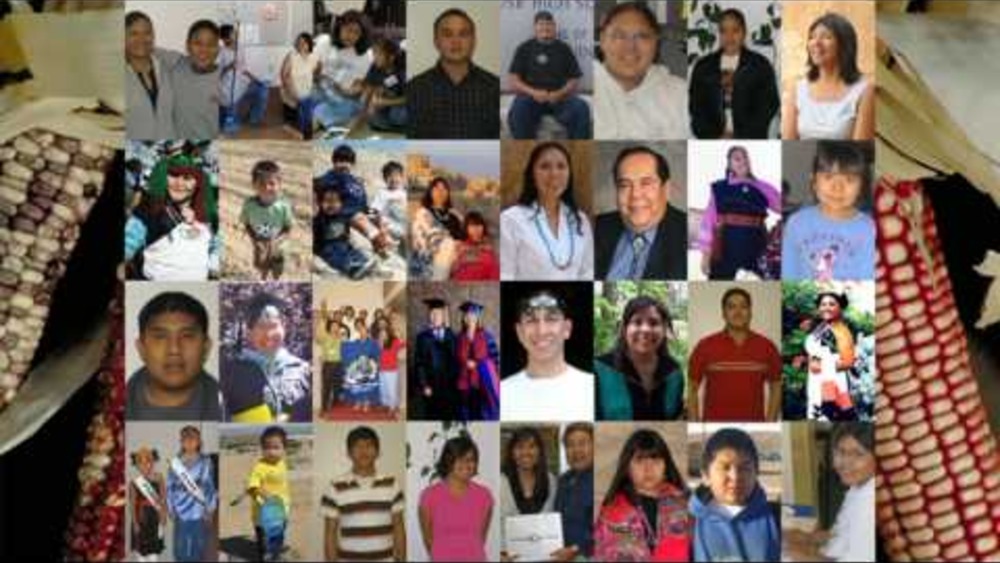
Planting the Seeds...for Our Children's Future: The Hopi Education Endowment Fund
This seven-minute video presents the founding, development, and current work of the Hopi Education Endowment Fund (HEEF), which won an Honoring Nations award (High Honors) from the Harvard Project on American Indian Economic Development in 2006. The video chronicles HEEF's work in support of…
